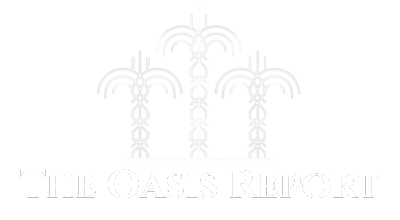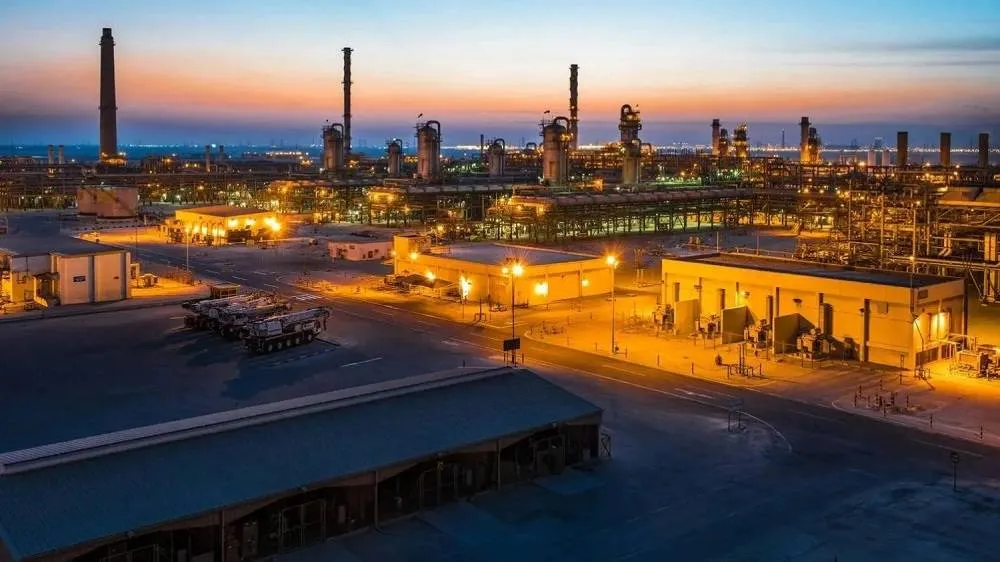Saudi Arabia and Kuwait announced a new oil discovery on Tuesday in the divided zone between the two countries, marking the first such find since production resumed in the area in 2020.
Located about 5 kilometers north of the Wafra field, the new well, named Wara Burgan-1, has shown a flow rate exceeding 500 barrels per day with an API gravity of 26–27.
The discovery is expected to boost the two Gulf nations’ proven oil reserves and underscores their role in securing stable energy supplies for global markets. The announcement signals a renewed momentum in exploration and production in the shared neutral zone, which holds significant untapped hydrocarbon potential.
The find is particularly notable due to its proximity to the Wafra field, which forms part of the southern extension of the vast Burgan field in Kuwait, one of the largest oil fields in the world. The strategic location lends additional weight to the discovery, being near established reserves with proven productivity.
Reviving joint operations
The divided zone, rich in hydrocarbons, is jointly administered by Kuwait and Saudi Arabia and includes two main oilfields: Khafji and Wafra. In 2019, both countries signed an agreement to resume and regulate oil output in the area after years of suspended operations.
In July 2023, the Kuwait-Saudi Joint Permanent Committee met to discuss expediting oil projects in the zone, including joint operations in both Khafji and Wafra, according to a statement by Kuwait’s Ministry of Oil at the time.
Strengthening energy security
Energy experts hailed the new discovery as a milestone that reflects the natural wealth of the neutral zone and supports the long-term energy security of both countries.
Dr. Mohammed Al-Sabban, former senior adviser to the Saudi oil minister, told Asharq Al-Awsat that the find reinforces the region’s global and regional economic significance, increasing both countries’ oil reserves at a time of market uncertainty.
He said recent discoveries of both oil and gas were contributing positively to the economic outlook of Gulf states.
“The announcement confirms the area’s resource richness and supports investor confidence amid global oil market volatility,” Al-Sabban said, adding that Saudi Arabia’s recent energy sector announcements have expanded its reserves and bolstered its economic resilience.
Market stability and strategic depth
Economist Ahmed Al-Shahri said the discovery aligns with Saudi Arabia’s strategy to maintain its position as the largest oil producer within OPEC and to secure additional proven reserves. He said it also contributes to stabilizing global energy markets.
“This development enhances the credibility of both Kuwait and Saudi Arabia as reliable energy suppliers,” Al-Shahri told Asharq Al-Awsat. “It also demonstrates the strength of their energy partnership and their commitment to supporting global energy security.”
Broader exploration success
Earlier this year, Saudi Aramco announced the discovery of 14 new oil and gas reservoirs across the Eastern Province and the Rub’ al-Khali Desert. These included six new oil fields, two oil reservoirs, two gas fields, and four gas reservoirs.
These discoveries further solidify Saudi Arabia’s standing as a global energy leader and expand the country’s hydrocarbon resource base.
They are expected to open new avenues for economic development and enable the Kingdom to meet both domestic and international energy demands efficiently and sustainably for decades.
Officials say these efforts are aligned with Saudi Arabia’s Vision 2030, which aims to maximize the benefits of its natural resources and ensure long-term energy security.



